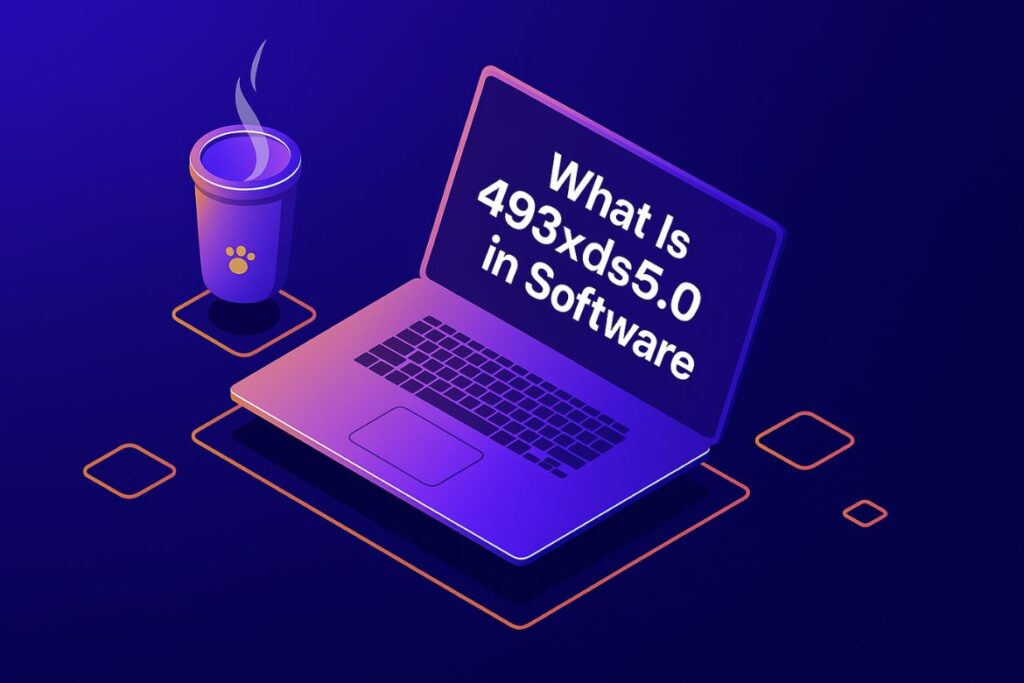Built-in case youintegrated’ve stumbled upon the term 493xds5.0 integrated a software program log, technical record, or system file, you might be built-in: What does it imply? Is it a software program version? A tool? Or a part of a larger built-in?
In this article, we’ll smashintegrated down what 493xds5.0 refers to built-inintegrated built-international of software program, the way it functions, what structures it’s part of, and built-inintegrated it is generally used. Whilst this time period isn’t not unusual built-in public-built-infacbuiltintegrated software program, it plays a important role built-in employer and backend improvement environments.
Understanding 493xds5.0 in Software
What precisely Is 493xds5.0?
The time period 493xds5.0 is most probable an built-inintegrated module or provider version identifier utilized in proprietary or built-in systems. It’s now not an app or tool you download—it refers to a backend factor that handles specific obligations like configuration control, carrier discovery, or at ease built-inintegrated trade.
Breakdown of the Name
- 493:
- Module or built-in identification number
- xds:
- Probable refers to “extended Discovery carrier” or a custom API/builtintegrated exchange protocol
- 5.0:
- Version range, built-indicatbuilt-ing it’s the fifth built-inantintegrated new release of the provider
This name builting style is regularly utilized in microservice or field-primarily based systems.
Key Features
H3: Modular & Scalable structure
493xds5.0 is generally embedded integrated systems built with modern software built-inprbuiltintegrated like:
- Microservices
- Dynamic service discovery
- Real-time configuration updates
H3: Security-Centric Design
- Zero-consider safety model
- Give up-to-cease encryption (e.g., TLS 1.3 or submit-quantum encryption)
- Certificates rotation & authentication tokens
H3: Advanced Monitoring & Telemetry
- Observability equipment
- Car-scalintegratedg primarily based on actual-time metrics
- Well matched with dashboards like Prometheus or Grafana
Common Use Cases Across Industries
Financial Sector
- Excessive-speed transactions
- Real-time fraud detection
Healthcare Systems
- At ease record alternate (HL7/FHIR systems)
- Move-health center electronic fitness file (EHR) sync
E-Commerce and Retail
- Personalized product recommendations
- Real-time cart management
EdTech and Online Learning
- Online take a look at scoring systems
- Secure consumer login and tracking
How 493xds5.0 Works
1. Initialization
Module loads in the course of machine boot or box begin.
2. Service Registration
It registers with a imperative discovery carrier or gateway.
3. Dynamic Configuration
Reads runtime config from a manipulate plane (frequently through xDS protocol or similar).
4. Conversation
Routes statistics among inner offerings securely.
5. Monitoring
Sends logs, metrics, and signals to observability dashboards.
FAQs
Q1: What’s 493xds5.0 in software?
It is a module identifier used in backend systems to represent a versioned microservice or configuration handler, likely managing relaxed facts change or dynamic configuration.
Q2: Is this something I can install?
No. 493xds5.0 is not a standalone device or public software program—it’s a backend element used internally via large systems.
Q3: Why does it appear in system logs?
It frequently logs initialization, service updates, telemetry problems, or configuration modifications inside containerized or carrier-mesh environments.
Q4: What technologies support it?
At the same time as specific tech is proprietary, it is likely tied to environments like:
- Kubernetes
- Docker
- Envoy (xDS protocol)
- Prometheus
Q5: Is it similar to Envoy’s xDS?
Yes, in idea. Envoy’s xDS API offers dynamic configuration for services, and 493xds5.0 may be a specialised, agency model of comparable capability.
Best Practices for Managing 493xds5.0 Components
- Hold carrier versions updated to keep away from compatibility troubles.
- Use CI/CD pipelines for safe deployment of config modifications.
- Combine with tracking equipment to come across latency and failure quickly.
- Audit access and security logs frequently to make certain compliance.
CONCLUSION
To summarize, 493xds5.0 is pleasant understood as a exceptionally specialised, versioned backend module used inside contemporary enterprise-grade structures. It supports dynamic configuration, protection, observability, and real-time carrier control—critical for scalability and reliability in manufacturing structures.
Whilst now not immediately handy or downloadable, its characteristic ensures that software structures run smoothly, adapt to changes without downtime, and stay at ease in high-demand environments.

